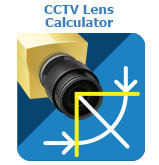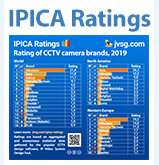New Standard for Video Surveillance: IEC/EN 62676-4: 2024 OODPCVS
Article updated: March 2025
The IEC/EN 62676-4:2024 (OODPCVS) standard is now officially approved and will enter into force in the coming months.
The introduction of the new standard IEC/EN 62676-4: 2024, also known as OODPCVS, marks a significant advancement in the field of video surveillance. This standard establishes more realistic minimum pixel densities for various object sizes, taking into account the modern digital IP cameras’ capabilities and constraints, such as compression and noise.
The previous version of this standard is known as EN 62676-4: 2014 has been supported by IP Video System Design Tool in 2016.
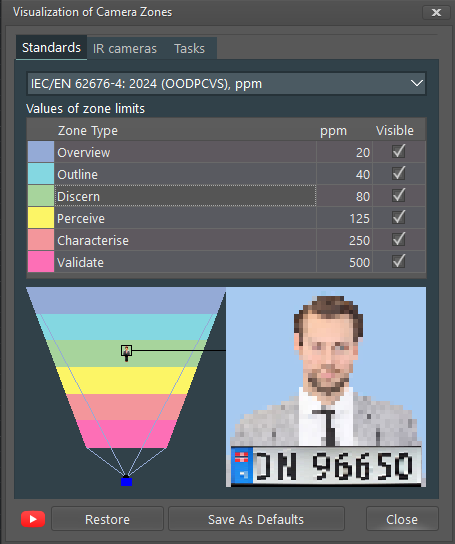
Pic. 1 Visualization of camera zones based on IEC 64676-4:2024 in IP Video System Design Tool 2024 (build 2292)
![]()
Pic. 2 Infographics of pixel density of Overview, Outline, Discern, Perceive, Characterize, Validate, Scrutinize camera zones (operator tasks) in video surveillance based on IEC 62676-4:2024 standard.
Object Size Definitions and Pixel Density
The updated standard categorizes pixel densities into two main groups: Low Pixel Density Object (LPDO) and High Pixel Density Object (HPDO). This categorization is based on practical tests conducted with contemporary surveillance cameras equipped with various sensors and pixel resolutions under different illumination levels.
| Group name | Category | Pixel densities (Pix/m) |
| Low Pixel Density Object | O/O/D | 20/40/80 |
| High Pixel Density Object | P/C/V/S | 125/250/500/1500 |
Low Pixel Density Object (LPDO)
- Overview: To display moving objects at far distances, a minimum of 20 pixels per meter (pix/m) is required. This allows for basic perimeter detection and border control applications.
- Outline: For outlining moving objects and their direction, at least 40 pix/m is necessary. This is useful for tracking object movements.
- Discern: To discern targets or crowds at a distance, more than 80 pix/m is required. This level of detail helps in identifying movements of people, vehicles, or animals.



High Pixel Density Object (HPDO)
- Perceive: To perceive targets or crowds, a minimum of 125 pix/m is required. Although people cannot be differentiated by gender, their movements can be tracked.
- Characterize: Characterizing people and vehicles requires more than 250 pix/m. This level allows for identifying person type, gait, behavior, and vehicle category.
- Validate: For validating known persons or reading vehicle license plates, over 500 pix/m is necessary. This is also sufficient for most automatic face recognition software.
- Scrutinize: To scrutinize people, capturing at least 1500 pix/m is essential. This ensures high certainty in identifying individuals and recognizing vehicle details like model and year of manufacture. The value for Scrutinise is based on the equivalency of passport photo size of a person.



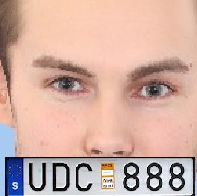
Practical Implications
The new standard draws from the ISO/IEC 19794-5 and ISO/IEC 29794-5 standards and integrates findings from practical tests. Special attention was given to details at lower illumination levels, and the impact of compression was also considered. The standard ensures that video surveillance systems are equipped to handle real-world scenarios more effectively, providing higher accuracy and reliability.
Conclusion
The IEC/EN 62676-4: 2024 (OODPCVS) standard represents a considerable step forward in video surveillance technology. By establishing clear guidelines for pixel density based on object size and application, it ensures that surveillance systems can deliver detailed and accurate imagery, enhancing security and monitoring capabilities.
CCTV Lens Calculator
Video surveillance design software
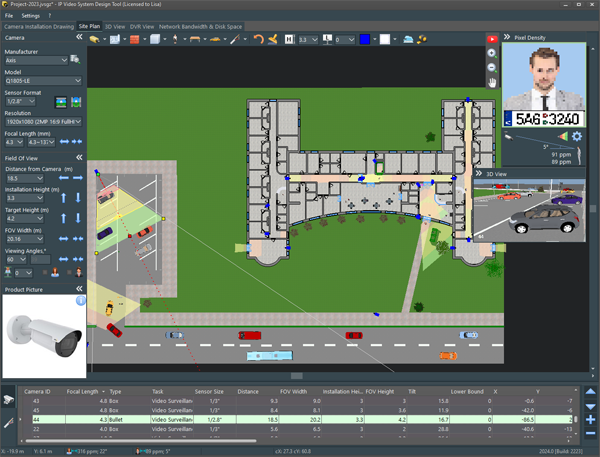
This article is written by:
Article updated: March 2025


